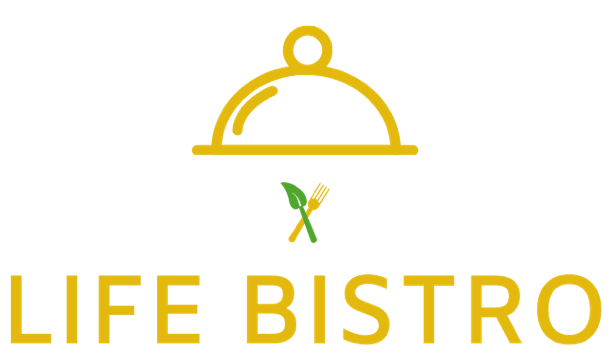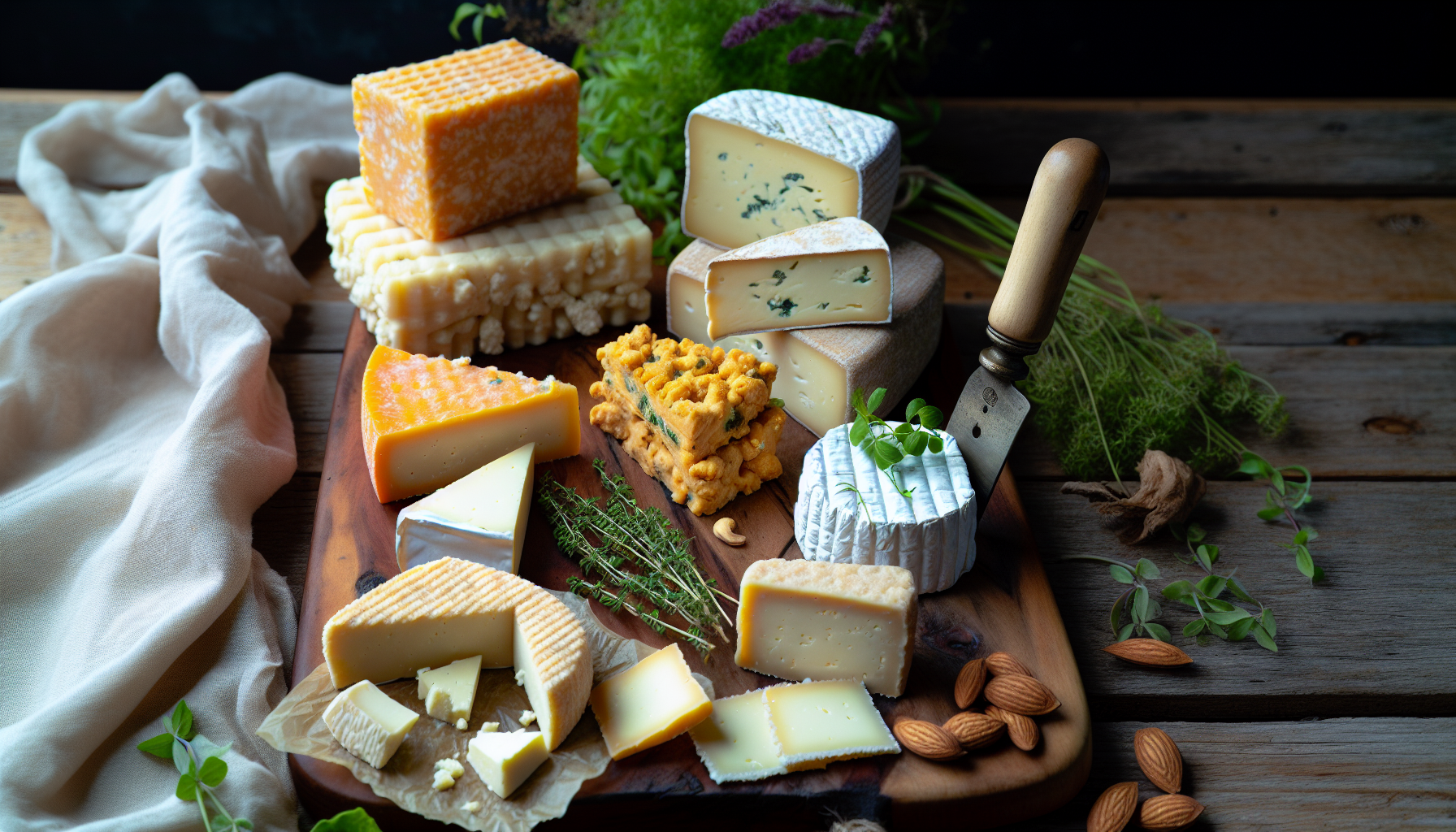Wondering how to melt vegan cheese to achieve the perfect texture? You’re not alone. The key to mastering the melt lies in understanding the temperature, technique, and the type of vegan cheese you use. This article provides clear, no-nonsense advice on melting vegan cheese, setting you up for success with your favorite plant-based recipes.
Key Takeaways
- Vegan cheese has a different melting behavior compared to dairy cheese due to the lack of casein and dairy sugars, but innovative methods like precision fermentation are being developed to improve this.
- Some vegan cheese brands stand out for their meltability, and using less, shredding it finely, and avoiding pre-shredded types can help achieve a better melt.
- Cooking techniques like stovetop stirring, oven baking with foil, and cautious microwaving are key for melting vegan cheese effectively in various dishes.
Understanding Vegan Cheese Melting Dynamics
While vegan cheese holds its own unique charm, it does not contain casein, a milk protein that contributes significantly to the melting, stretching, and bubbling properties of dairy cheese. This absence results in a different melting dynamic. The complex molecular structure of casein is unique to animal milk, making its melting characteristics difficult to emulate in vegan cheese.
In the vegan world, necessity is truly the mother of invention. Innovative methods are being explored to improve vegan cheese melting properties. These methods include precision fermentation using microbes or fungal strains to create vegan casein.
But it’s not all about casein. Differences in melting behavior between vegan and dairy cheese are also due to the absence of dairy sugars and proteins in vegan cheese. Grasping the correct way to melt vegan cheese is, therefore, the key to obtaining that dreamy, melty vegan cheese sauce.
The Best Vegan Cheeses for Achieving That Perfect Melt
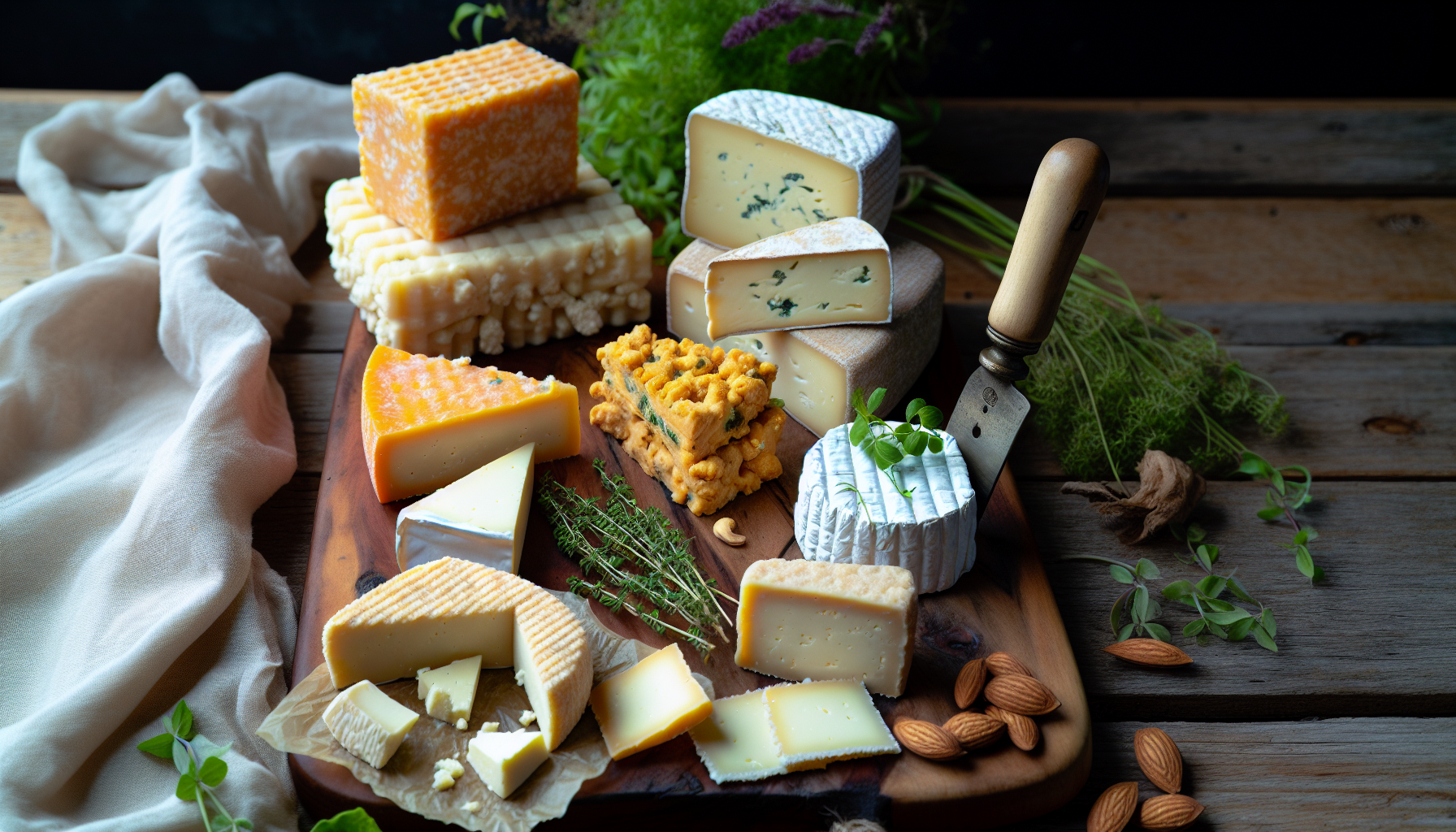
Fear not, fellow vegan cheese lovers! There are several brands known for their excellent melting qualities. Applewood Smoky Cheese Alternative is celebrated for its smoky flavor and excellent melting qualities suitable for a variety of dishes. For those who enjoy homemade pizzas and grilled cheese sandwiches, Follow Your Heart Smoked Gouda is an excellent choice due to its remarkable meltability.
For pizza lovers, Violife Epic Mature Cheddar Flavour Vegan Cheese is recommended for its strong taste and superior melting capability on pizzas. And if you like a spicy twist, try Sheese Cheddar Style with Jalapeno and Chilli Vegan Cheese, which melts beautifully and enhances vegan pizza flavors.
But the list doesn’t end there. MozzaRisella is known for its mozzarella-like meltability, and it’s used on pizzas in various UK high street restaurants. Violife provides a range of shredded vegan cheeses that melt smoothly and carry a solid cheesy flavor.
Field Roast Vegan Chao slices are an excellent option for grilled cheese sandwiches due to their good meltability and unique flavor from fermented soybeans.
Preparing Vegan Cheese for Optimal Melting
When setting out to melt your vegan cheese, bear in mind that a little goes a long way. Avoid using excessive amounts to ensure the dish isn’t overwhelmed, as the melting technique and cheese type are critical for best results and to melt properly.
It’s also recommended to shred a block of vegan cheese at home rather than using pre-shredded cheeses. Pre-shredded cheeses may contain starches that impede melting. Finely shredding vegan cheese can significantly enhance its melting properties, resulting in a texture closer to that of melted dairy cheese.
Step-by-Step Guide to Melting Vegan Cheese
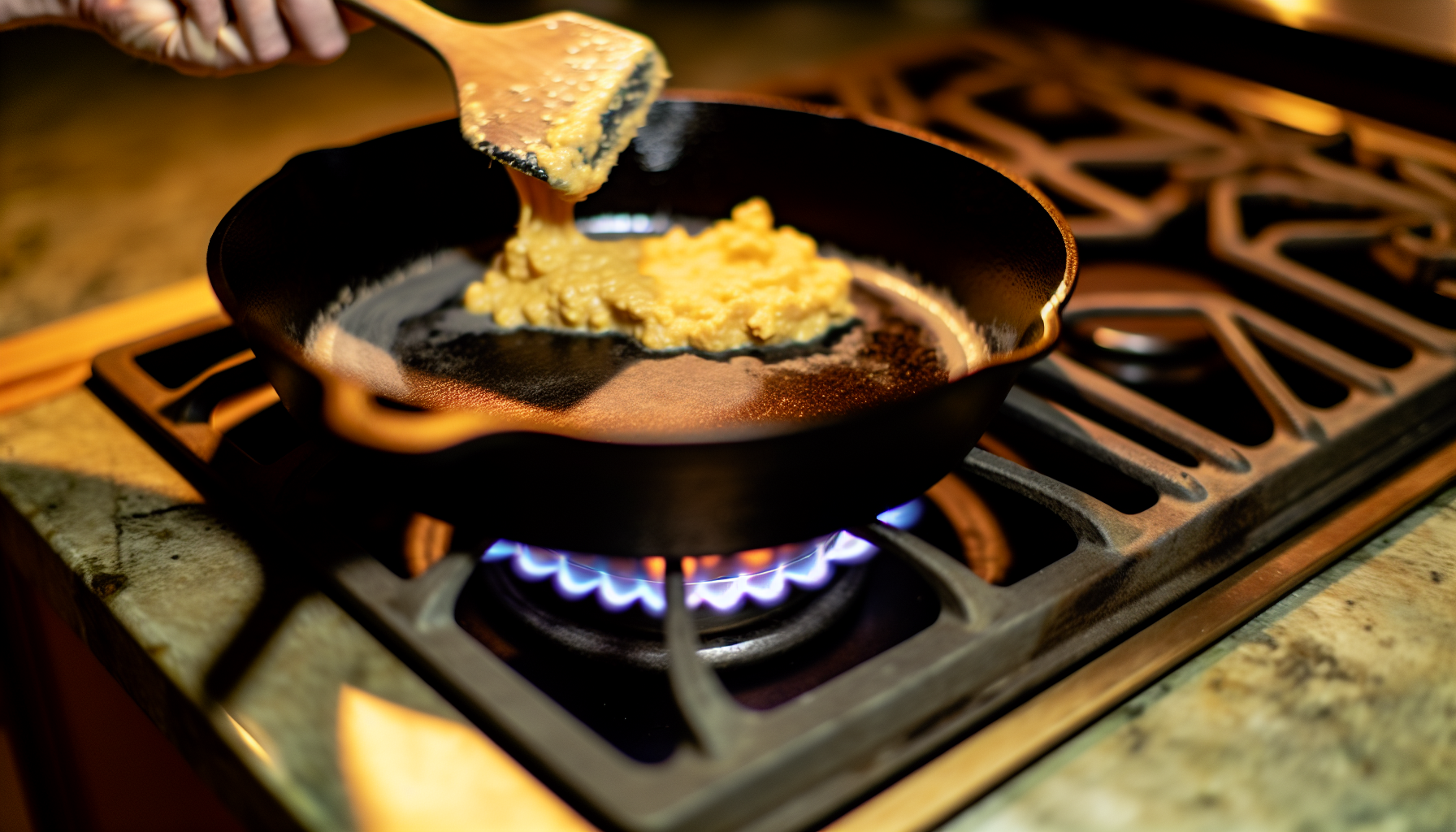
Eager to prepare that perfect dish with melted vegan cheese? We’ll begin with the stovetop approach. Here’s how:
- Add a splash of non-dairy milk or water to a nonstick pan to prevent sticking.
- Then add vegan cheese shreds.
- Stir continuously over medium heat until achieving a smooth consistency.
For oven-based melting, follow these steps:
- Sprinkle vegan cheese over the dish.
- Cover with foil to trap steam, which aids in melting.
- Bake at temperatures between 350°F to 450°F until the cheese becomes bubbly and properly melted.
If you prefer using a microwave, you can melt cheese shreds by following these steps:
- Place cheese shreds in a microwave-safe bowl.
- Add vegetable broth and nutritional yeast if desired.
- Heat in 15-second intervals, stirring after each interval.
- Continue heating and stirring until the cheese is thoroughly melted.
Remember, vegan cheese naturally melts when exposed to high temperatures, such when it’s baked on a pizza or when steamed within layered dishes like grilled cheese sandwiches.
Cooking Techniques That Complement Melted Vegan Cheese
Specific cooking techniques can lend an extra touch of magic to your melted vegan cheese. For instance, applying pressure to vegan cheese sandwiches, such as grilled cheese or quesadillas, can facilitate better melting and achieve a gooeier texture.
Another technique involves covering vegan cheese-topped dishes with foil while baking. This can produce a glossier melted cheese, which contributes to an enhanced cheese pull effect, especially noticeable in layered dishes like lasagna.
Plant-Based Dishes That Shine with Melted Vegan Cheese

Melted vegan cheese has a central role in the plant-based revolution, opening up a world of culinary possibilities for those on a dairy-free diet. Here are some ways you can use melted vegan cheese:
- Spread it on pizza
- Include it in oven-baked pasta
- Drizzle it over casseroles
- Use it as a topping for nachos
Cheese melts, especially melted vegan cheese, enhance a variety of vegan dishes with their melty cheese goodness, including those made with plant-based cheese.
The fun doesn’t stop there. Combining melted vegan cheese with diverse plant-based ingredients creates inclusive and savory menu options for various dietary preferences.
The magic of melted vegan cheese is that it can transform a simple plant-based dish into a gourmet delight. The possibilities are endless when it comes to crafting delicious vegan meals with melted vegan cheese.
Tips for Storing and Reheating Melted Vegan Cheese
Once you’ve savored your delectable vegan cheese dish, you may find yourself with some leftovers. Before storing leftover melted vegan cheese, let it cool to room temperature to avoid condensation that could spoil the texture.
For preservation, leftover vegan cheese should be stored in a sealed container or bowl in the refrigerator. But remember, don’t freeze melted vegan cheese as it can negatively affect the texture and capacity to melt again. Leftover vegan cheese can maintain freshness in the refrigerator for up to 5 days when properly stored. Even if it becomes clumpy in the fridge, it retains its ability to spread and will melt once reheated.
Customizing Your Vegan Cheese Experience
Elevate your vegan cheese experience by introducing a variety of spices and ingredients. This customization can significantly elevate the final dish.
Spices such as garlic powder, onion powder, smoked paprika, ground mustard, and turmeric can be added to enhance the taste and appearance of the vegan cheese sauce. You can also experiment with different ingredients like dairy-free yogurts and spices like chili powder, black pepper, ground cumin, and hot sauce to make unique versions of vegan queso dip and other dishes. Don’t be afraid to try out new combinations and discover what additions best suit your palate.
Crafting the Ultimate Vegan Cheese Sauce
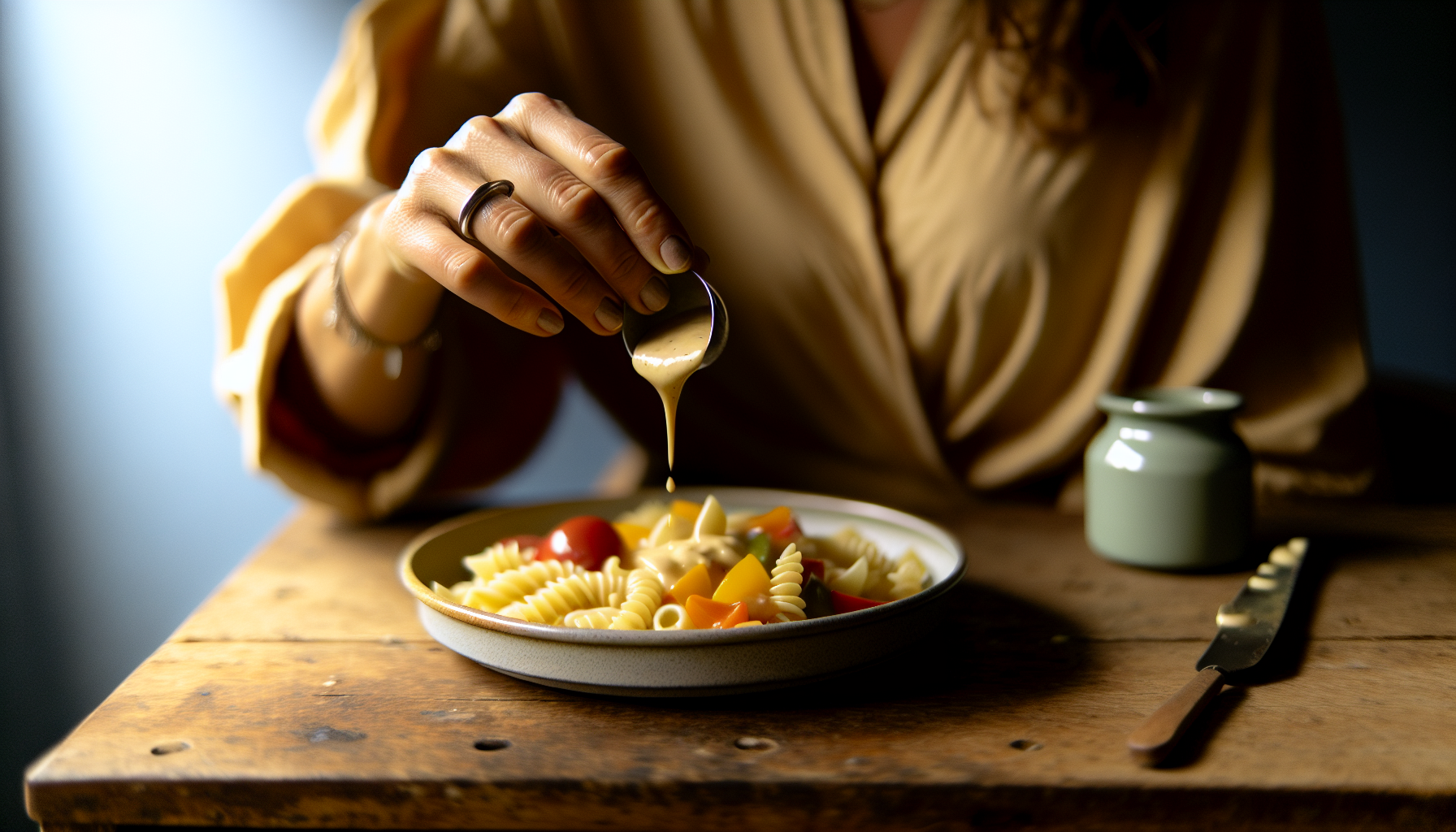
A combination of key ingredients is required to create a rich, creamy, and savory vegan cheese sauce. Here are the ingredients you’ll need:
- Nutritional yeast flakes
- Fresh lemon juice
- Coconut milk
- Tapioca flour
Nutritional yeast flakes and fresh lemon juice are vital for adding a cheesy flavor and a tangy note to the sauce. Meanwhile, coconut milk, coconut oil, and tapioca flour provide the creamy texture and elasticity.
You can adjust the thickness of the vegan cheese sauce by adding more liquid. To achieve desired stretchiness and smoothness, the sauce can be simmered and whisked until smooth.
For extra cheese flavor, Bragg Nutritional Yeast can be used as a garnish or whipped into vegan queso, perfect for dipping tortilla chips. Garlic powder also adds depth to the sauce. If you’re out of tapioca starch, a mixture of corn starch and potato starch can be used as a substitute.
A blend of olive oil, soy yogurt, lemon juice, real cheese, and vegetable oils contributes to the richness of regular dairy cheese.
Also read: What Are Craft Cocktails? Exploring the Art and Flavors of Mixology
The Nutritional Profile of Melted Vegan Cheese
Apart from its taste, vegan cheese also boasts a distinctive nutritional profile. A comparison between dairy and vegan Smoked Gouda revealed that vegan cheese contains:
- Fewer calories
- Less saturated fat
- No cholesterol
- Reduced sodium content per serving.
Vegan cheeses, such as Plant Perks Vegan Cheezes, tend to have considerably less saturated fat than dairy cheese and are entirely cholesterol-free, contributing to heart health. However, they often lack significant amounts of protein and calcium unless they are fortified.
On the bright side, many dairy-free cheese products, also known as vegan cheese, are made with gluten-free ingredients, which is a boon for individuals with gluten intolerance. Some brands, such as Vevan, even offer 100% allergen-free options.
Also read: Why Are Cocktails Called Cocktails? Exploring the Fascinating Etymology and History
Final Thoughts
In conclusion, mastering the melt of vegan cheese takes a bit of knowledge and practice but it’s all worth it for that perfect, gooey vegan cheese melt. Whether it’s understanding the melting dynamics of vegan cheese, exploring the best vegan cheeses for melting, preparing, and melting vegan cheese, enhancing dishes with melted vegan cheese, storing and reheating it, or even experimenting and crafting your own vegan cheese sauce, the possibilities are endless.
Vegan cheese has come a long way. With continuous innovations in the vegan food industry, we can look forward to more delicious, melty, and nutritionally enhanced vegan cheese options. So, keep experimenting, keep enjoying, and remember, the world of vegan cheese is yours to melt and mold!
